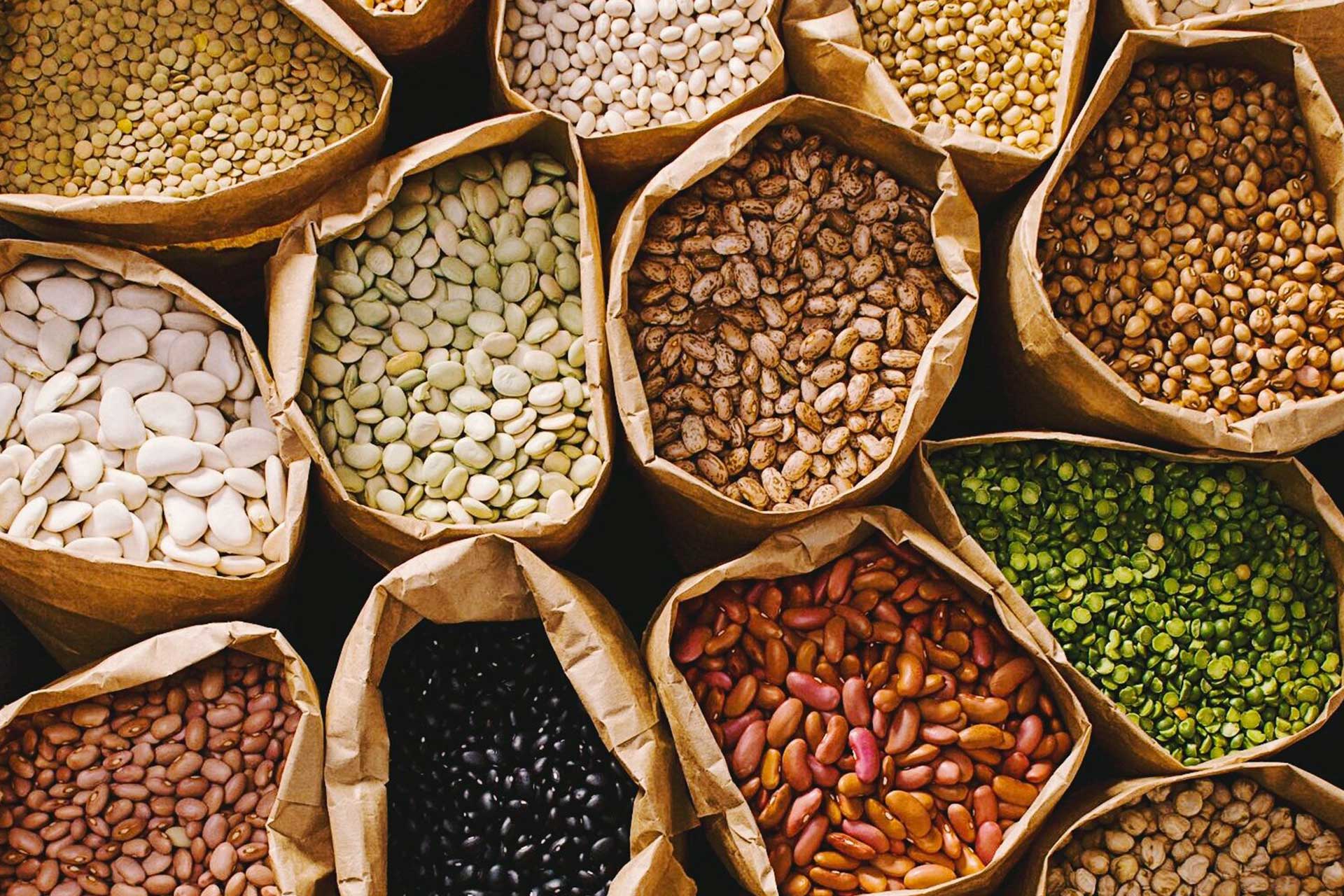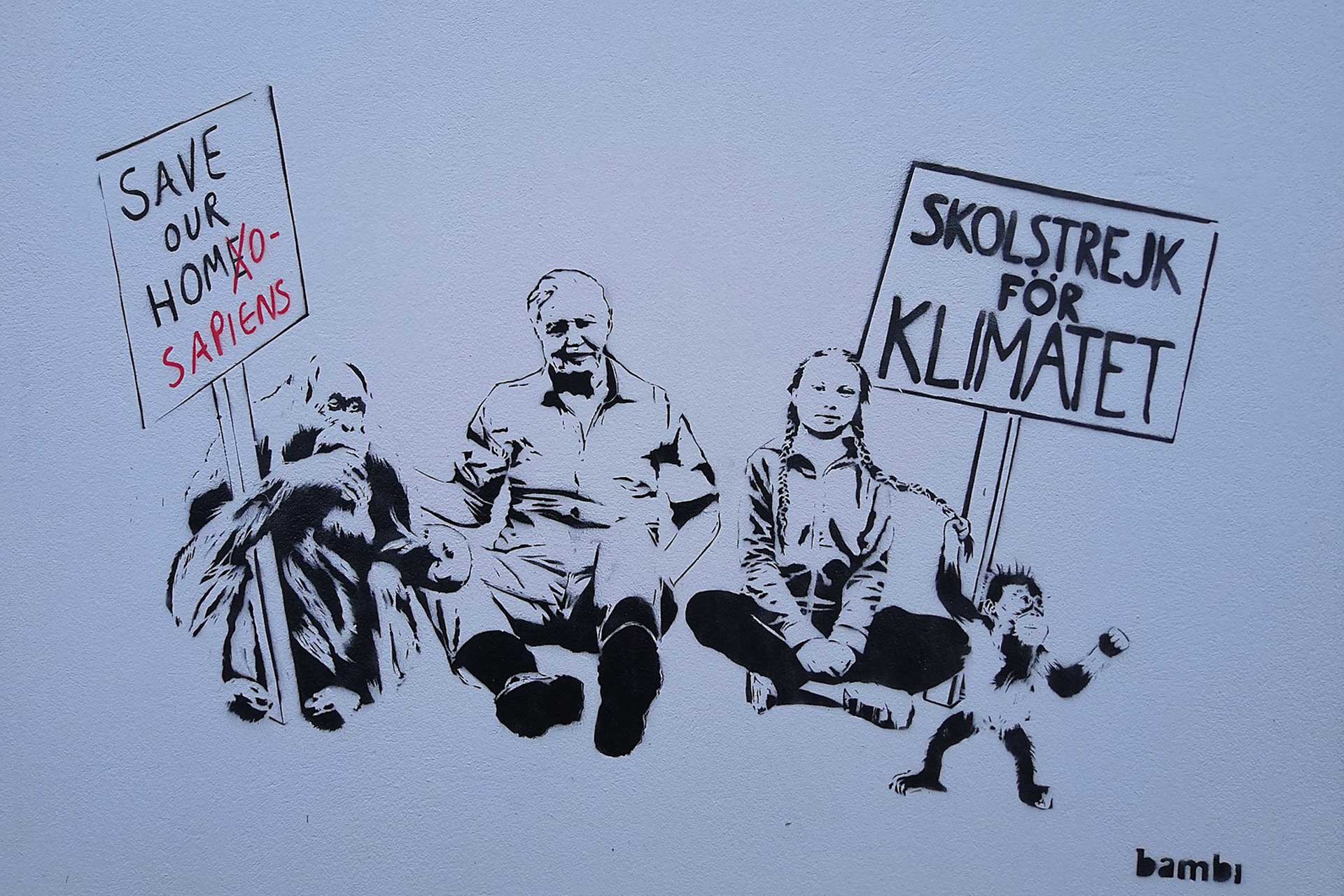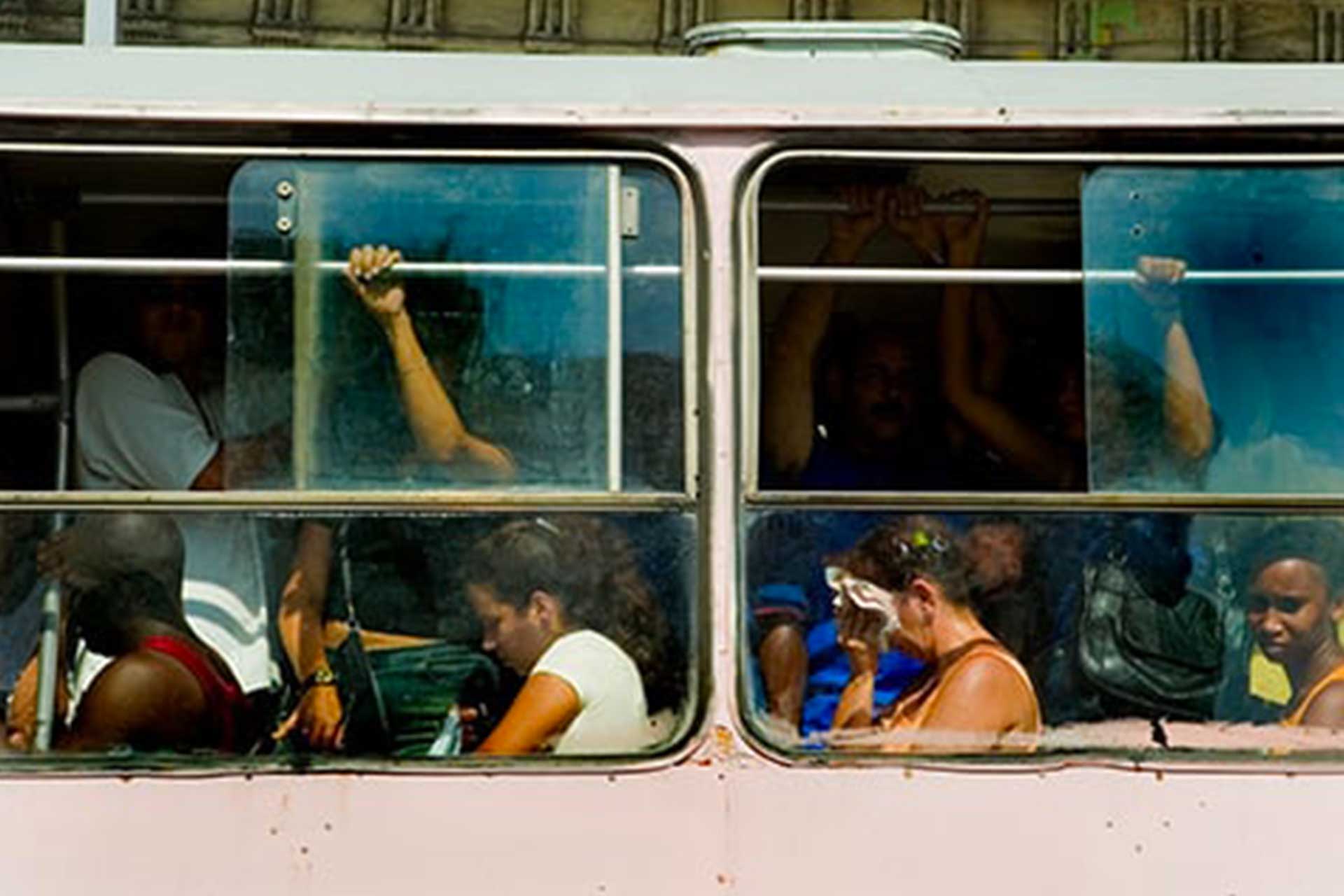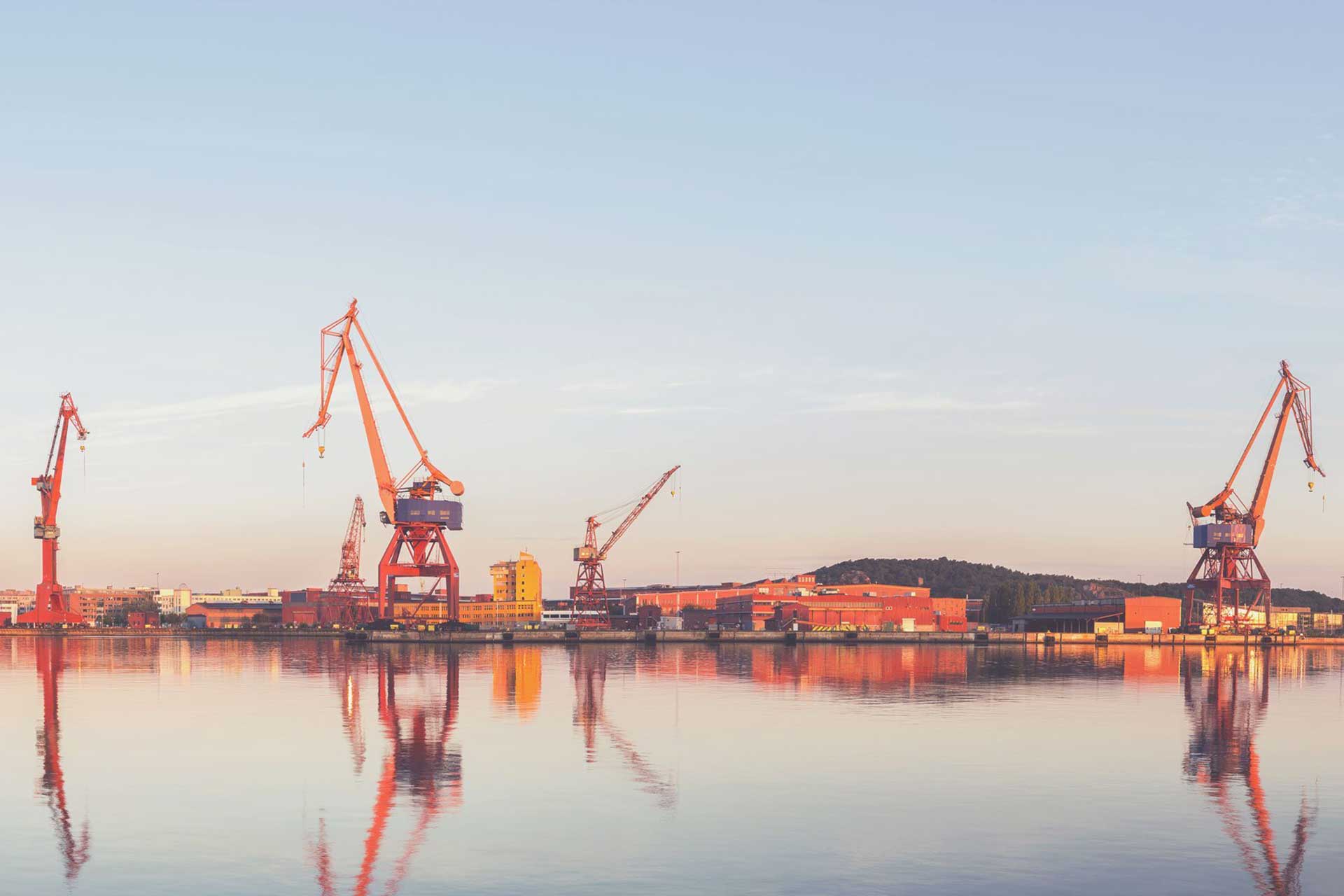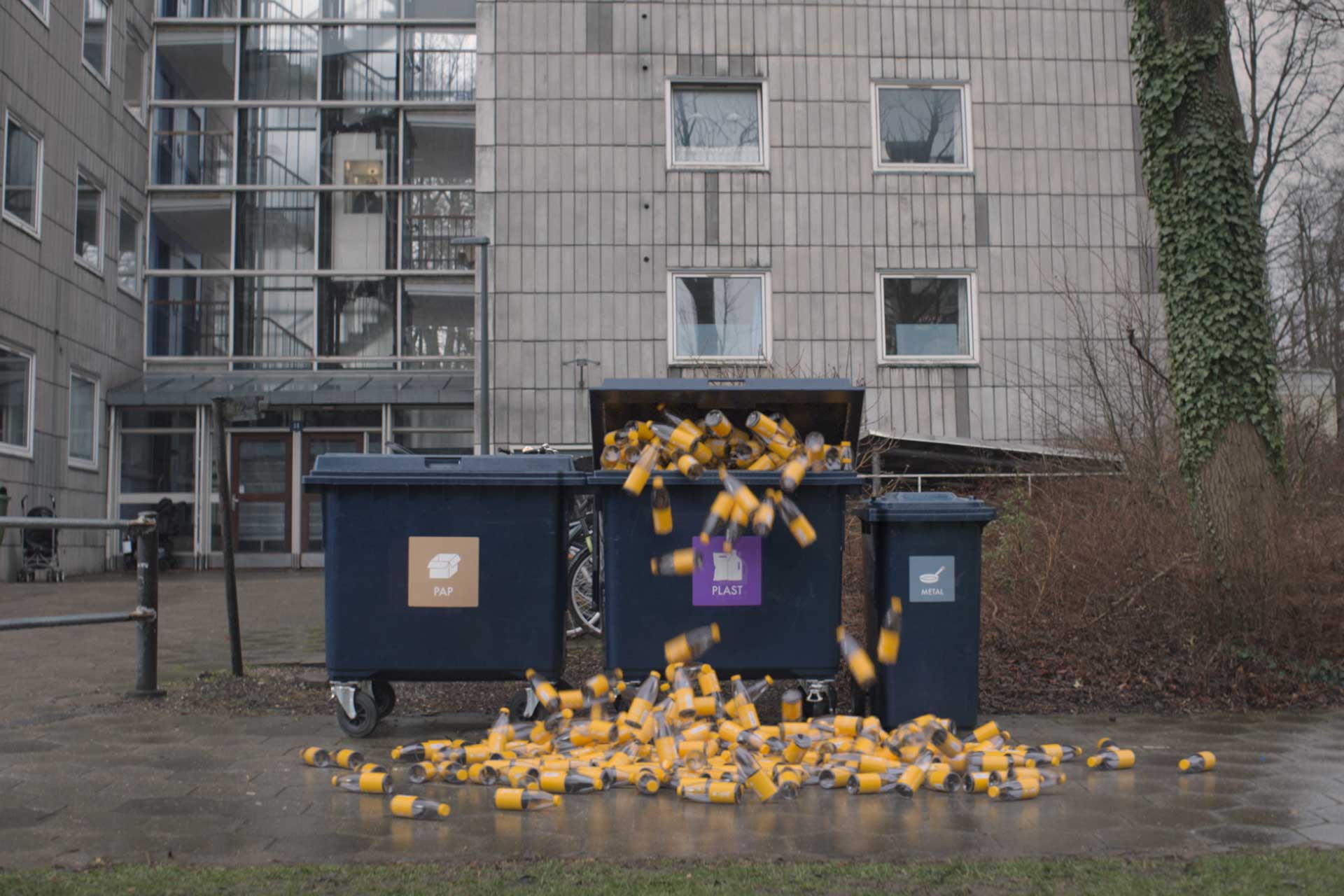Roberta Fabbrocino
The use of biochar amendments on soil could address the issues of soil fertility, water holding capacity, and climate change mitigation via carbon sequestration
The Teltower turnip: many traditional crops are disappearing, as they are considered unprofitable. Discovering them can keep local traditions alive and preserve biodiversity
Filled with 2000 liters of air each, tied to the seabed via ropes and weight screws, six biospheres contain 90 seedbeds and float between 15 and 36 feet below the seas’s surface.
Between 2009 and 2020, there was an increase of more than 750 percent in the number of C40 member cities restricting the circulation of high-polluting vehicles
The high-elevation Andean grasslands’ flow regulation capacity, soil water storage, and water yield have been reduced by afforestation and changes in land use
chief decomposers in our soils, breaking down organic matter through enzymes and carrying out a crucial role in biogeochemical cycles and the nutrient cycle
Some of the consequences of global warming are here to stay, but achieving a healthy and livable planet is still possible with strong emissions reductions. How to do it?
In Bristol, where the air breaches the annual objective for NO2, air pollution contributes each year to 300 yearly excess deaths, causing health issues to Bristolians
To curb Gothenburg’s environmental impact, the emissions within the city’s geographical area will be reduced by at least ten-point-three percent per year until 2030
In 2019, 502 kg of municipal waste per capita were generated on average in the EU, with Romania generating 208 kg of municipal waste and Denmark producing 844 kg of municipal waste


